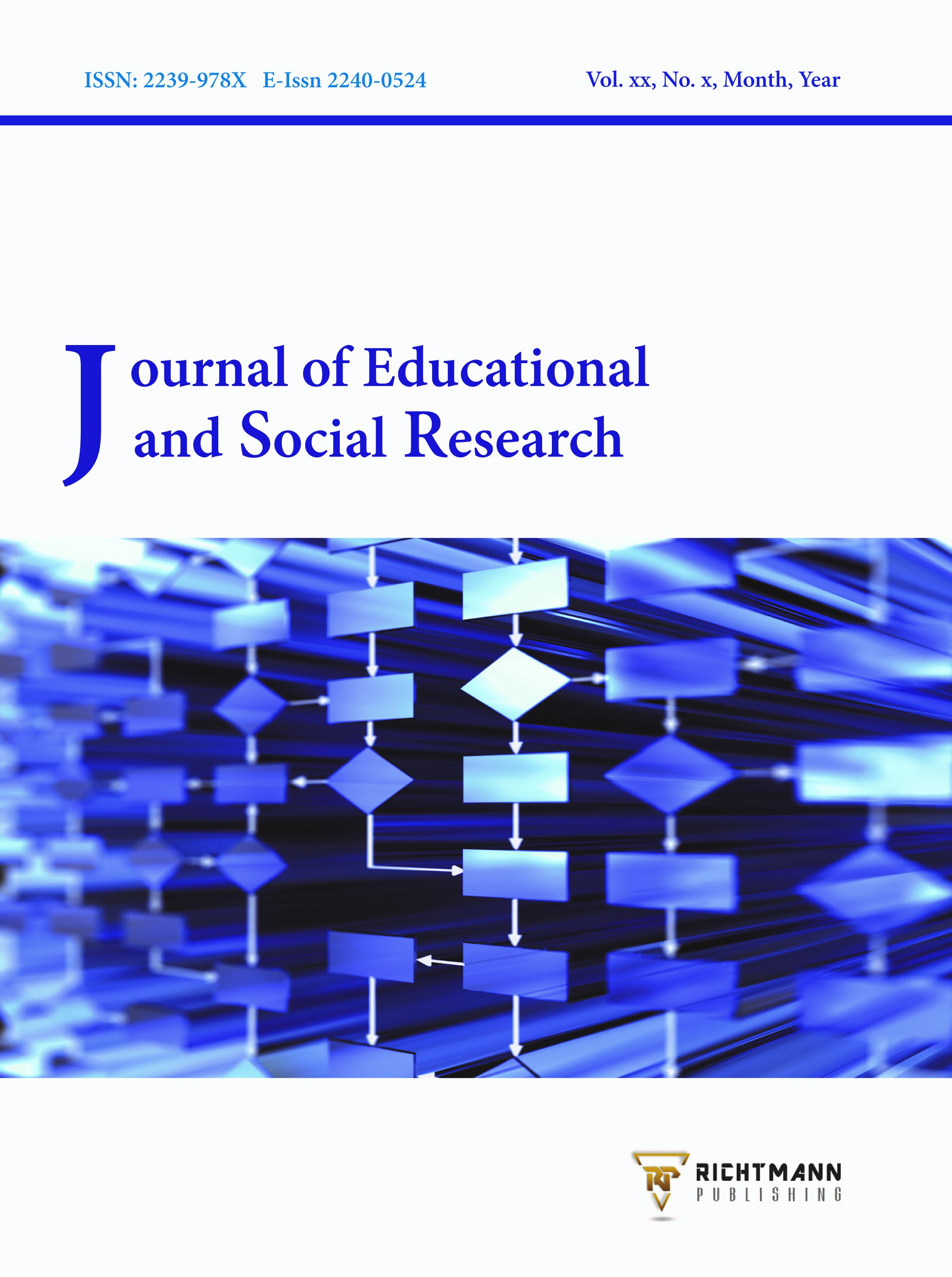The Study on Comparative and Intertextual Levels, as a Theoretical and Analytical Approach between the Two Novels "Leximtari", Bernard Shlink and "Lëvdatë për Njerkën", Mario Vargas Llosa
DOI:
https://doi.org/10.36941/jesr-2023-0007Keywords:
intertextuality, typological analogies, reminiscences, affiliations, paratext, etcAbstract
All texts are written depending on what has been written before, thus carrying the traces and memory of a heritage. The study focuses precisely on the way in which one text writes another text, whether referring to absence or presence. In order to conduct fair results, this study uses two selected novels such as "Leximtari" (The Reader), by B. Shlink, and "Praise for the Stepmother," written by M.V. Llosa. While considering these two novels, in this study, it’s been displayed intertextuality, not as an imitation or reproduction, but as a change of one or more sign systems to another, as well as a coexistence relationship between two or more texts, or the genuine presence of one text to another. The various analogies and intertextual signs in these two novels, but also in other texts, unfold many dimensions of different cultures and cognitions that we may have in general, not only for literature but also for other arts. Thus, the working methodology is defined, which is dominated by the comparative and analytical approach, not leaving aside the interdisciplinary system.
Received: 13 October 2021 / Accepted: 12 December 2022 / Published: 5 January 2023
Downloads
Downloads
Published
Issue
Section
License

This work is licensed under a Creative Commons Attribution-NonCommercial 4.0 International License.
This work is licensed under a Creative Commons Attribution-NonCommercial 4.0 International License.









